
People suffering from diabetes in spite of proper treatment with insulin or oral hypoglycemic medications eventually end up with peripheral vascular disease. Diabetes is a culprit of microangiopathies as well as macroangiopathies which result in different complications such as atherosclerosis, heart attack, stoke, polyneuropathy, diabetic leg ulcers etc. Peripheral vascular disease requires adequate treatment but it is also essential to pay close attention to all the problems which may result from inadequate blood supply to different tissue, particularly the skin of the lower extremities.Foot Care in Diabetic Patients
Polyneuropathy as well as insufficient blood circulation of peripheral portions of the legs commonly lead to ulcer formation in diabetic patients. These ulcers are hard to deal with, because they simply do not heal and are prone to infection and necrosis. An individual may even end up with gangrene which requires surgical amputation of the necrotic tissues.
In order to prevent all of the mentioned diabetic patients must undergo thorough and regular assess of potential impairment of skin integrity. The most susceptible parts of the legs are areas exposed to pressure. Patients with progressive neuropathy are not able to recognize (or have reduced) sensation of touch, pain, temperature etc and are, therefore, not aware if any damage occurs. They require even more careful and regular examination.
Foot care of such patients must be impeccable. They are due to wear comfortable shoes and may benefit from foot and leg change of position which should take place every 2 hours. Exercises are recommended as well. Feet of such patients should be washed with mild soap and well-dried. Moisturizing creams can be applied but never between the toes. Pressure injuries can be prevented with special padding, food cradles etc.Postoperative care
Diabetic patients who have undergone certain surgical procedure such as a bypass graft require close monitoring as well. Revascularization of the feet and legs should be optimal and is closely monitored. This allows timely identification of any potential problem regarding circulation. If there are symptoms and signs of graft occlusion such as severe pain, loss of peripheral pulses, if legs and feet turn pale and become cold and patients also complain about tingling and numbness, they require prompt medical assistance.
Additional Considerations
Patients suffering from peripheral vascular disease, including diabetic patients, may be prescribed pentohyfilline. Because of potential side effects a drug can cause, patients must be monitored. If they start to complain about headaches, dizziness, nausea and vomiting, the drug may need to be discontinued or its dose should be reduced.
Individuals who are treated with pentohyfilline must have their complete blood cell count checked occasionally. It is also important to evaluate liver function (functional liver test).
And finally, the goal of the primary treatment is to maintain the level of glucose within the optimal range.





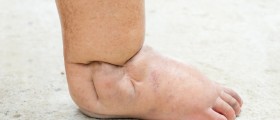


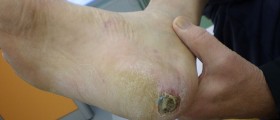

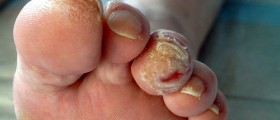



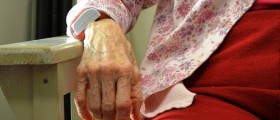

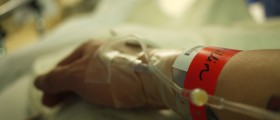
Your thoughts on this
Loading...